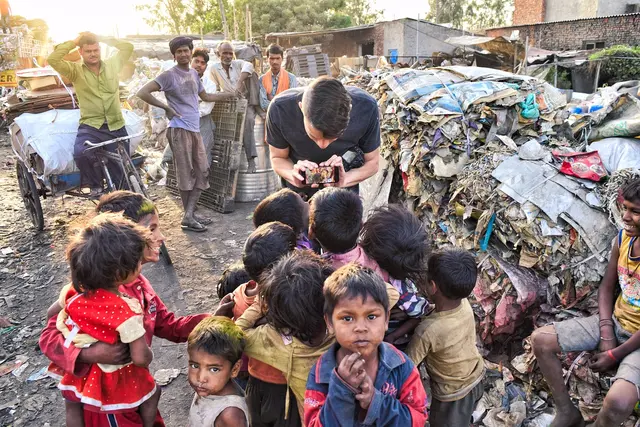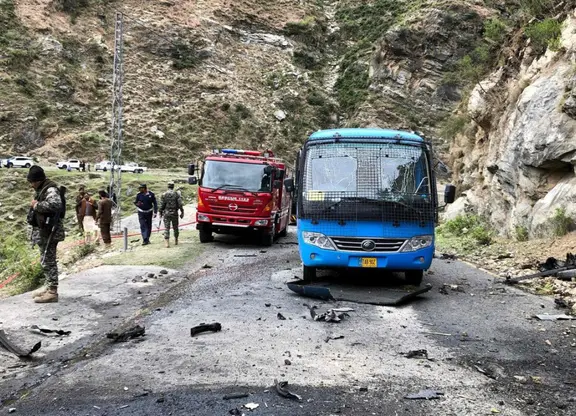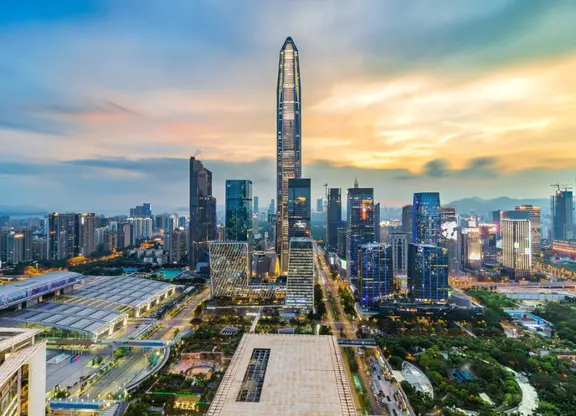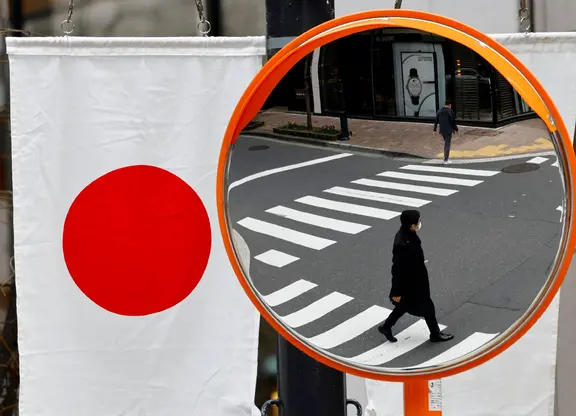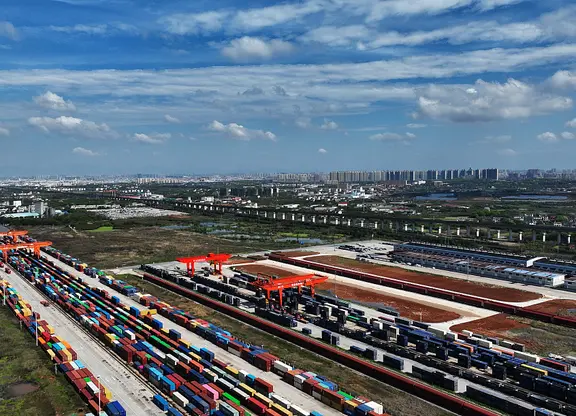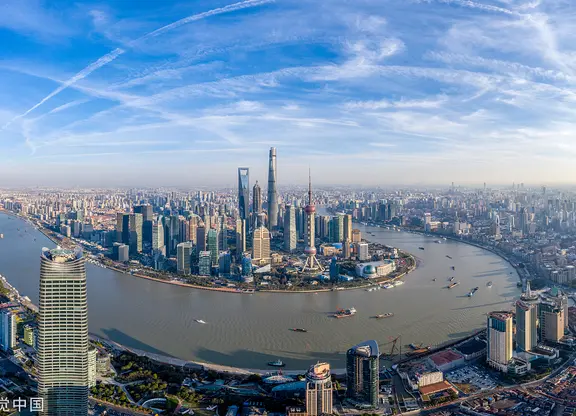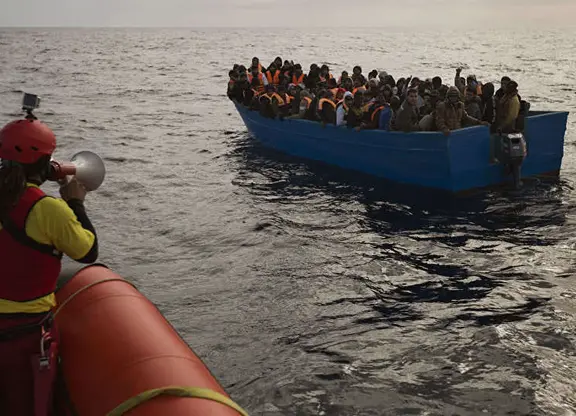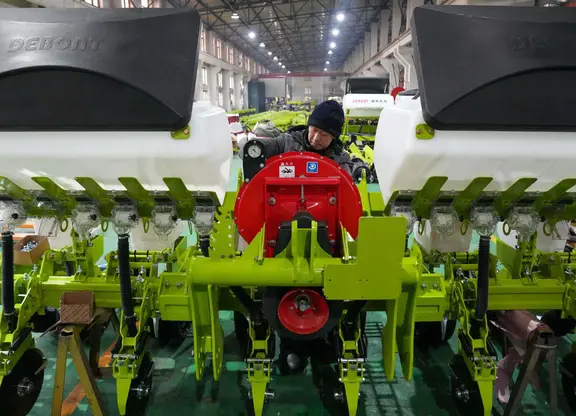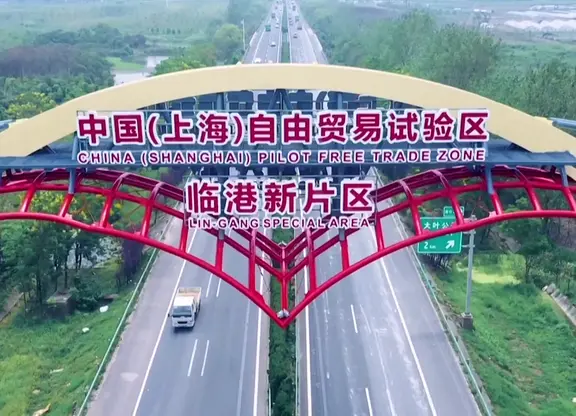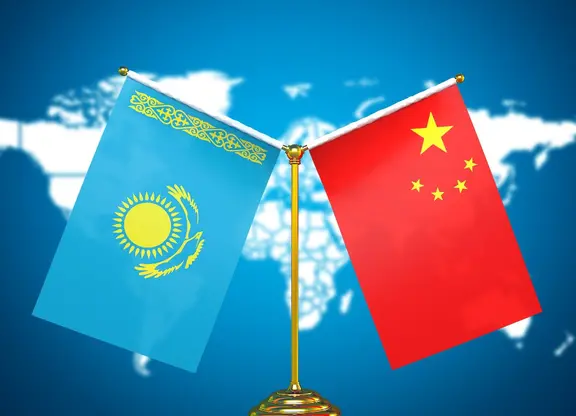By APD writer Alice
The economic impact of Covid-19 pandemic could push 11 million people in Asia and the Pacific into poverty unless urgent actions are taken.
The information was revealed in a report released on March 31 by the World Bank (WB), which warned Asia-Pacific could face the worst economic downturn in more than 20 years.The WB forecast the region's economic growth to fall to 2.1% in 2020, compared to 5.8% in 2019. However, this is not the worst case scenario, according to the organization.China, where Covid-19 originated, could witness a 2.3% growth this year. In the worst case, this country’s economy will almost disappear entirely at 0.1%, down from 6.1 percent in the previous year.
This will have a negative impact on the world economy. The last time Beijing witnessed a shrinking economy was in 1976, when its leader Mao Zedong died. Unlike then, however, China is now the world's second largest economy and a primary engine of global growth, meaning that any disruption to its economy will be felt worldwide.
"Significant economic pain seems unavoidable in all countries," said the report, warning that the entire Asia-Pacific region should prepare for "a serious impact" on poverty and welfare, through illness, death, and lost incomes.
The above estimates are only projections and could be changed, but still show the scale of economic damage and the subsequent need for urgent action.
"All countries in the East Asia and Pacific region and beyond must recognize that, in addition to bold national actions, deeper international cooperation is the most effective vaccine against this virulent threat," said the report.
The World Bank is committed to providing $14 billion to developing countries, as well as disbursing $160 billion within 15 months to protect the poor and vulnerable.
Concerns about a region-wide recession have grown in recent weeks as Covid-19 appeared across Asia, forcing governments in many countries to enforce lockdowns, with travel suspended, stores shuttered and factories closedThe crisis in Asia - Pacific is especially dangerous as the region has spent months dealing with the negative effects from the US-China trade war. "Economic growth in the region will decline significantly in all scenarios," the report said.Indonesia, Papua New Guinea and the Philippines are forecast to be hardest hit, while Vietnam, Cambodia, Laos, Mongolia and Myanmar are the few countries expected to see growth, just at much lower levels than last year.The countries in the region will see a significant drop in tourism revenues, especially in nations where tourism revenues account for over 10% of GDP such as Malaysia and Thailand. Border closure, disruptions in aviation and shipping industries are also major challenges for manufacturing exports.Millions of people could fall into poverty with an income of less than $5.5 a day in countries with weak or developing economies. About 24 million people in Asia and the Pacific may not be able to escape poverty as predicted by the World Bank, while there will be an additional 11 million people becoming impoverished.
These projections are in stark contrast to the World Bank's pre-pandemic forecast, which estimated that 35 million people will escape poverty in Asia-Pacific in 2020, including more than 25 million people in China alone.So what the Asia-Pacific countries need to do now is to quickly contain the pandemic. They should invest heavily in disease surveillance and response systems; and implement a range of measures to soften the blow on their citizens, and prevent a rise in poverty as much as possible.They must work together and support each other in such dire times as in addition to bold national actions, deeper international cooperation is the most effective vaccine against this virulent threat, the report noted.
(ASIA PACIFIC DAILY)
 简体中文
简体中文

